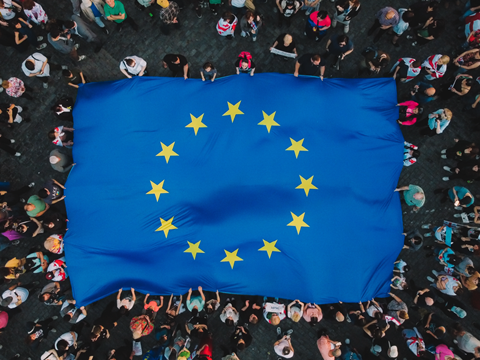
In a new report, the Rethink Plastic Alliance recommends further measures to help the EU meet its packaging waste goals, including more ambitious reuse targets, a swift transition into deposit return schemes, and financial incentives for participation.
Zero Waste Europe, Break Free From Plastic, ClientEarth (Europe), the Environmental Coalition on Standards (ECOS), Fair Resource Foundation, and the European Environmental Bureau (EEB) all contributed to the report under the Rethink Plastic umbrella.
Together, they have analyzed EU legislation like the Packaging and Packaging Waste Regulation (PPWR) and the Single-Use Plastics Directive (SUPD) to guide Member States through the implementation of their packaging reduction rules, as well as propose ways to make them more ambitious.
In their view, the PPWR can help national and local governments overcome the ‘out-of-control packaging crisis’ in Europe ‘despite its shortcomings’.
However, the Alliance asserts that sectors covered in the PPWR should be held to ‘higher and broader’ reuse targets, while further targets should be introduced for other sectors – for example, binding reuse targets for takeaway packaging.
Since the PPWR mandates a 90% separate collection rate for plastic bottles and metal cans, the report urges Member States to enforce deposit return schemes ‘as soon as possible’, arguing that it is the only way to achieve this target.
Financial incentives should also be introduced to drive the transition from single-use to reusable packaging systems, the Alliance argues. These could include consumer-facing levies, environmental taxes on economic operators, and ring-fencing funds to support reuse and waste prevention measures.
Litter clean-up costs are suggested for all single-use packaging types, with an earmarked percentage of Extended Producer Responsibility (EPR) fees dedicated to reuse packaging systems and other waste prevention activities.
Additionally, the report advocates for investment in identifying substances of concern that put the reuse and recycling of packaging in jeopardy, or else have detrimental effects on human health and the environment.
“The PPWR is introducing obligations for reusable packaging, a step forward compared to the law it is replacing, which had none,” commented Mathias Falkenberg, programme manager at ECOS. “But each negotiation weakened the text, leaving us without bold leadership on reuse and refill.
“Local and national governments could fill this void. The report we’ve published today shows how our leaders can push back against the scourge of single-use and finally solve the EU’s packaging waste crisis – but they’ve got to want it.”
“Waste is one of the biggest environmental crises of our time, driven by our wasteful, linear economy,” continued Zero Waste Europe’s Packaging and Reuse Policy officer, Larissa Copello. “While the EU’s Packaging and Packaging Waste Regulation (PPWR) puts forward necessary measures to address single-use packaging, its success depends on strong national implementation.
“Member States must adopt additional rules to accelerate the shift towards reusable packaging systems – not as an option, but as a necessity for a sustainable, circular economy.”
Tatiana Luján, Resources system lead lawyer at ClientEarth (Europe), said: “Under the new law, Member States now have legal obligations to prevent packaging waste. This means that in order to achieve this goal, they are required to move away from single-use materials.
“One surefire way for Member States to abide by their legal requirements is to implement reuse schemes and obligations at national level.”
Marco Musso, deputy policy manager for Circular Economy and Fiscal Reform at the EEB, said: “It’s time for national, regional and local governments across the EU to make the new packaging rules a reality, and start a race to the top to develop the sustainable packaging systems of the future. The direction of travel is clear: prevention and reuse are the genuine solutions to the packaging waste crisis.”
For a deeper dive into the progress of the PPWR, take a look at our comprehensive guides to its genesis in 2022-2023, its further development in 2024, and a deep dive into its current form in 2025.
Rethink Plastic’s communications coordinator, Caroline Will, recently commented on the Clean Industrial Deal. In her view, it “completely loses sight of toxic contamination” and fails to address the petrochemical and plastics industry as “one of the highest emitting and worst-polluting sectors.”
We have also spoken to Matt Tudball, Helen McGeough, Valentina Di Micco, and Carolina Perujo Holland from ICIS about the SUPD – its implementation, its areas of uncertainty, and the effects it has already had in the packaging space.
If you liked this story, you might also enjoy:
Reuse vs. single use – which is better for the environment?
Sustainable Innovation Report 2025: Current trends and future priorities
What can the world learn from South Korea’s world-leading performance in plastics circularity?

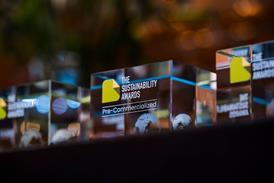

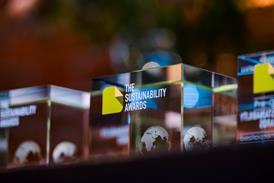
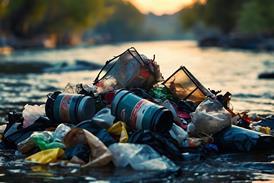
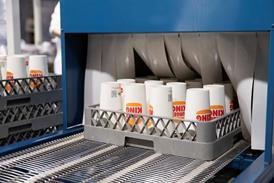












No comments yet